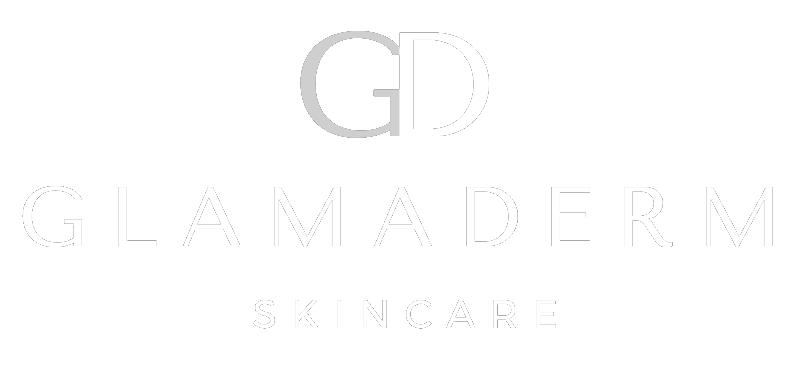Dermaplaning FAQ
What is dermaplaning?
Dermaplaning is a quick, noninvasive, painless procedure in which surface dead skin cells are manually scraped away. Dermaplaning requires absolutely no recovery time. It increases cellular turnover, smooths and softens skin, and provides immediate results. This procedure is the most effective exfoliating procedure because it basically tricks the body into thinking it has an injury and needs to heal itself, immediately producing healthier, plump skin cells. Dermaplaning can be used on all skin colors. As an extra esthetic bonus, Dermaplaning removes the fine vellus hair on the face. This is important because this excess "peach fuzz" can trap oil and dirt which can lead to other problems with your skin. It also cause facial cleansers to be less effective. Once you scrap away the dirt, oil and dead skin cells, facial products and treatments are much more effective because they can penetrate the skin more easily.
How is dermaplaning performed?
After cleansing, toning and degreasing the face, your skin care specialist will gently scrape away the surface layer of dirt, oil and dead skin cells with a sterile surgical scalpel. Each area of the face, except for the nose and neck, is carefully scraped until properly "cleaned". After the procedure, special clinical products designed especially for your skin type and concerns, as well as UV protection, will be applied with a gentle facial massage. You will not leave with red or irritated skin, and you are free to reapply makeup at any time.
Will my hair grow back dark, thicker or faster?
No, dermaplaning will not cause the vellus hair on your face to grow back any darker, thicker or faster because the procedure does not trigger hair follicles. The hair will return just as it is, usually in about two to four weeks.
Who is the best candidate for dermaplaning?
Anyone who desires smoother, softer, healthier, more radiant skin. However, patients with active acne are not candidates for Dermaplaning.
